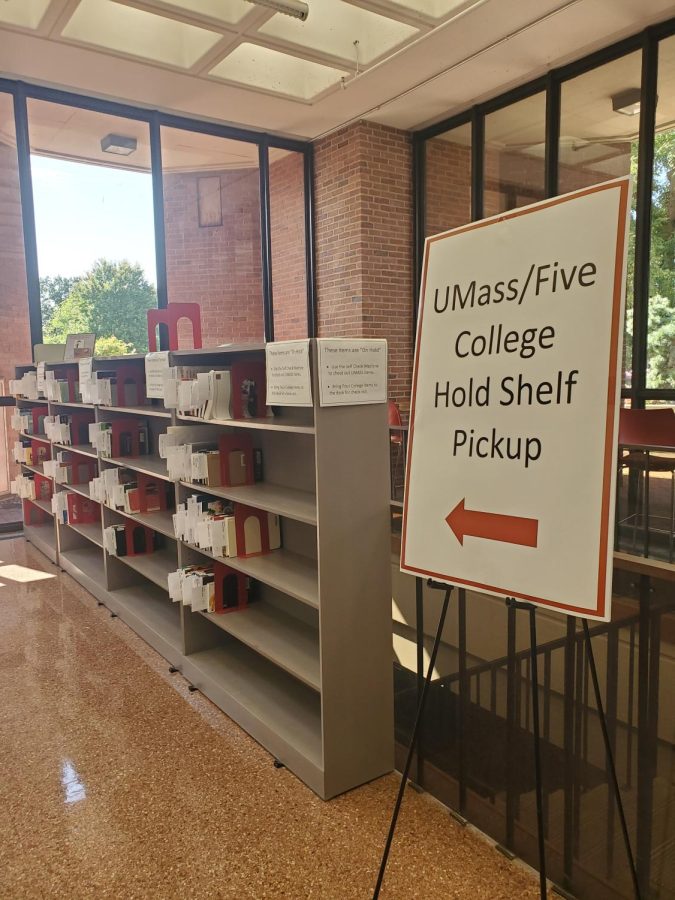New Semester, Same Struggles: How classes hurt your wallet after the bill is paid
Whether you acquire all of your textbooks weeks before the semester starts, during the first week of classes, bit by bit throughout the semester, or not at all, the affordability of textbooks remains a rather concerning hurdle to go through every year for students. The cost of a single school year’s tuition and fees for full time in-state undergrad student is $16,952 which includes a technology fee and student activities fee. Depending on a student’s particular coursework additional textbooks and materials are required for participation and preparedness in their classes. Without these additional materials being obtained a student may already fall behind during their first month of courses or face further setbacks as they move deeper into the semester.
While some professors send out their syllabi weeks before the start of the semester, many students look at their syllabi days before their classes start. Then it’s a race against time and other students to gather all of the materials needed for multiple courses. Limited copies of textbooks are quickly loaned out from all nearby libraries while independent bookshops are swarmed with students trying to find what they need. However, what does a student do when all of these resources fail? When local, online, and major book retailers are out of stock or just too expensive for students, where can a student turn to?
According to the Education Data Initiative, a data resource group aimed to research the rising costs of higher education, the average cost a college student pays for books and supplies annually is between $628 and $1,471. While not every student may need to purchase multiple textbooks and additional materials for their classes, a single textbook could cost a student $105.37.
From my personal experience as an English major, textbooks do add up no matter how inexpensive they are individually. Most of the books I’ve had to purchase can be found used for less than $10 since they’re often part of the public domain, however this renders them virtually useless to try and resell. Books that were recently published within the past decade can still be hard to find and some professors require specific editions that can be difficult to find at an affordable price. That makes it extremely difficult to access all of those books through the library system or to find them through local bookstores.
While a student should be prepared to pay additional costs for their individual courses, why is it so expensive to learn in a course that already costs hundreds of dollars? Why are textbooks and educational resources not affordable to many students yet still required every year?
In a day and age where there are so many online resources and databases available and photocopy machines in most academic facilities, why is the cost of education still so unreasonably expensive at facilities that claim to strive for inclusion and equity? Especially when students who depend on financial aid, are first-generation, and/or are members of minority groups may face more obstacles in obtaining such materials compared to their peers.
While this has been an issue students have been facing for decades, there are some things that can be done now to help students in need. Professors can review the total cost of their assigned materials to assess whether or not it is affordable for students. They can also provide online resources and printed hand-outs to ensure all students have access to the lesson. Professors can also make use of the Umass library’s course reserves to ensure every student enrolled in their class can use the school’s resources. Students can also contact the Umass library or visit their get help page to review at any time specific questions asked by fellow peers. Students cannot get the most out of their education until professors change the affordability of their classroom materials.






